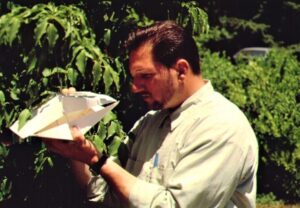The old saying that “everyone talks about the weather” is certainly true when it involves landscape plant managers. Professional landscapers/arborists and their clients are always discussing how various weather factors are affecting plants. The New Jersey weather trends can often be variable from one growing season to the next. How do rain, wind and temperature changes impact plants and their corresponding insect/mite pests?
The chart below lists four weather conditions & categorizes how these conditions positively or negatively influence some of the key landscape insect/mite pests.
TABLE: PESTS AFFECTED BY SPECIFIC CONDITIONS (Source: David Shetlar, Ohio State Cooperative Extension)
| “A” Hot-Dry Weather Pests | “B” Cool Weather Pests | “C” Pests Damaged by Excessive Rains | “D” Pests Attracted to Stressed Plants |
|
-Lace Bugs -Scales -Leaf Beetles -Caterpillars -Warm Season Mites
|
-Aphids (some)
-Adelgids -Root Weevils -Cool Season Mites -Eriophyid Mites (some)
|
-Lace Bugs (fungus)
-Aphids/Mites (impact) -Scale Crawlers (impact/wind) -Caterpillars (fungus) -Black Vine Weevils fungus) |
-Aphids (some)
-Scales (some) -Whiteflies -Caterpillars (some) -BORERS!! |



